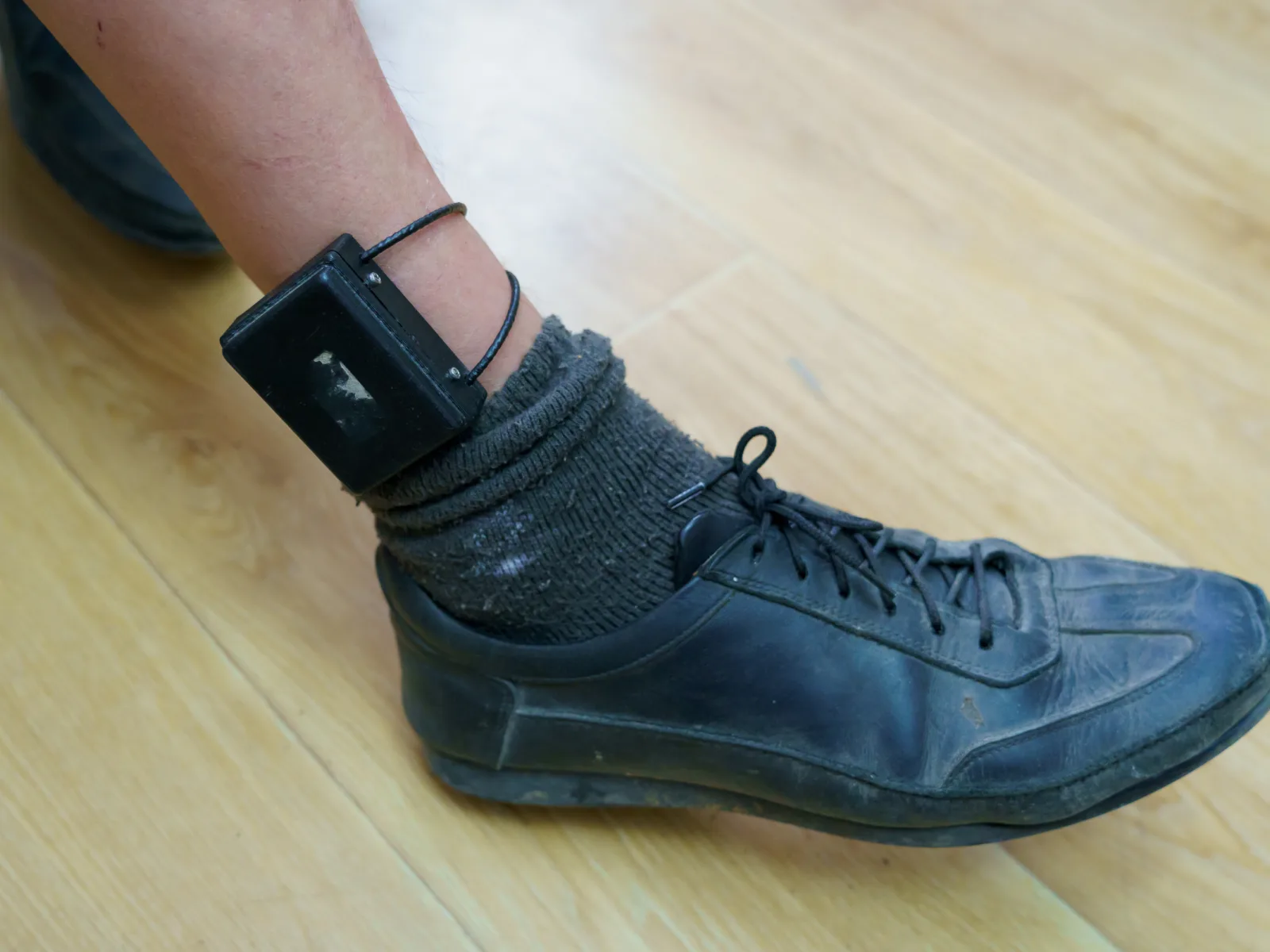Gun violence is the leading cause of preventable death and injury in the United States, but gun violence research is massively underfunded by the federal government. Unlike with other public health issues that harm similar numbers of people, the public and policymakers lack critical information about gun violence.
According to a new report, closing the gun violence information gap will require the federal government investing significantly more in resources toward conducting research and collecting comprehensive, transparent data.
According to a price estimate by Health Management Associates (HMA), it will cost between $587 million and $639 million over five years — or roughly $117 million to $128 million annually — for the federal government to fully implement the gun violence research and data infrastructure improvements recommended by the Joyce Foundation and a NORC expert panel at the University of Chicago.
Amount needed annually for the federal government to to close the gun policy research gap
The recommendations call on the federal government to revise how handling of gun violence data is collected and analyzed, chiefly by empowering researchers to fully explore all aspects of the nation’s gun violence epidemic; improving databases tracking things like nonviolent shootings; standardizing and improving the collection of data by law enforcement entities; and conducting annual surveys of firearm ownership and storage practices. With more comprehensive data available, policymakers would be better equipped to craft solutions, and the public would be better informed about the scope of the gun violence issue.
“Right now, the infrastructure for collecting data on guns is completely lacking. There are significant holes in the data we do have, our data collection systems are incomplete, and much of the information is inaccessible,” said Asheley Van Ness, Arnold Ventures’ director of criminal justice and an expert on gun violence. “Building out the nation’s firearms data infrastructure will allow us to mount a coordinated response to the gun violence epidemic that is based on a shared set of facts. This report demonstrates that for a relatively modest investment, we can begin to fill in the facts necessary to start saving lives.”
Investment is Critical
The HMA report, funded by the Joyce Foundation and Arnold Ventures, elevates a key question at an opportune moment. For the first time in 25 years, Congress appropriated $25 million last year for the Centers for Disease Control (CDC) and National Institutes of Health (NIH) to restart gun violence research, and then renewed the funding this year. The Biden Administration has proposed raising the amount to $50 million per year. But experts say a bigger investment is crucial.
Building out the nation’s firearms data infrastructure will allow us to mount a coordinated response to the gun violence epidemic that is based on a shared set of facts.Asheley Van Ness Arnold Ventures
“The need for more federal investment in research and data infrastructure could not be more clear, especially as we confront surges in gun violence and gun buying during the pandemic,” said Tim Daly, director of the Joyce Foundation’s Gun Violence Prevention & Justice Reform Program. “There is so much more to learn about reducing gun deaths and injuries. Policymakers need to urgently invest in building on existing and emerging knowledge to yield actionable findings that meaningfully help our communities.”
Recommendations for Research
In its 2020 report, “A Blueprint for a U.S. Firearms Data Infrastructure,” NORC outlined how the federal government should both reinstate The Firearm Inquiry (FIST) Program and expand the National Instant Criminal Background Check System (NICS). The report, developed with support from Arnold Ventures, recommends 13 action items for the federal government, including creating an interagency working group around data and creating resources and best practices guides for state and local governments.
Separately, the Joyce Foundation published a report this January outlining 100 key questions to address within a comprehensive gun violence research agenda. The report identifies the need for research across 10 different categories of gun violence, from firearm suicide to intimate partner violence with guns, shootings by law enforcement, mass shootings, and firearm-related technology.
In its assessment, HMA surveyed experts and research on gun violence and benchmarked the recommendations against other data infrastructure funding to identify the cost of implementing both NORC’s recommendations and the Joyce Foundation’s proposed research priorities. The $587 million to $639 million estimate does not include savings or spending that could result from policy changes made in response to the recommendations. If the new programs resulted in decreased gun-related deaths and injuries, the assessment noted, they could save both lives and money.
The report comes during what is shaping up to be the most violent year in the U.S. in two decades. There have already been a number of high-profile mass shootings, including in the Atlanta area and Boulder, Colorado, and many cities are reporting marked increases in homicides. According to a Washington Post analysis of data from the Gun Violence Archive, gunfire in 2021 has killed more than 8,100 people in the United States — about 54 lives lost per day — from January to May.
Number of lives lost per day to gun violence from January to May
Experts lack consensus on why exactly homicides are increasing across the nation, but those deaths are just part of a much larger gun violence problem in the country, with firearm suicide accounting for the largest number of deaths. Without rigorous research, the nation’s policymakers lack the evidence necessary to fully understand all that is driving the increase in bloodshed.
Meanwhile, federal policymakers have been at odds with how to deal with the gun violence epidemic, leaving no agreed path forward in Congress. More comprehensive data will reveal what kind of actions are most effective in curbing gun violence and enable lawmakers to tailor programs accordingly, Van Ness said.
“We believe that having more and better research will help save lives. As any research expert will tell you, answering crucial questions about how to prevent an epidemic requires good data. We need a national data collection effort — an effort only the federal government is in a position to support.”





















